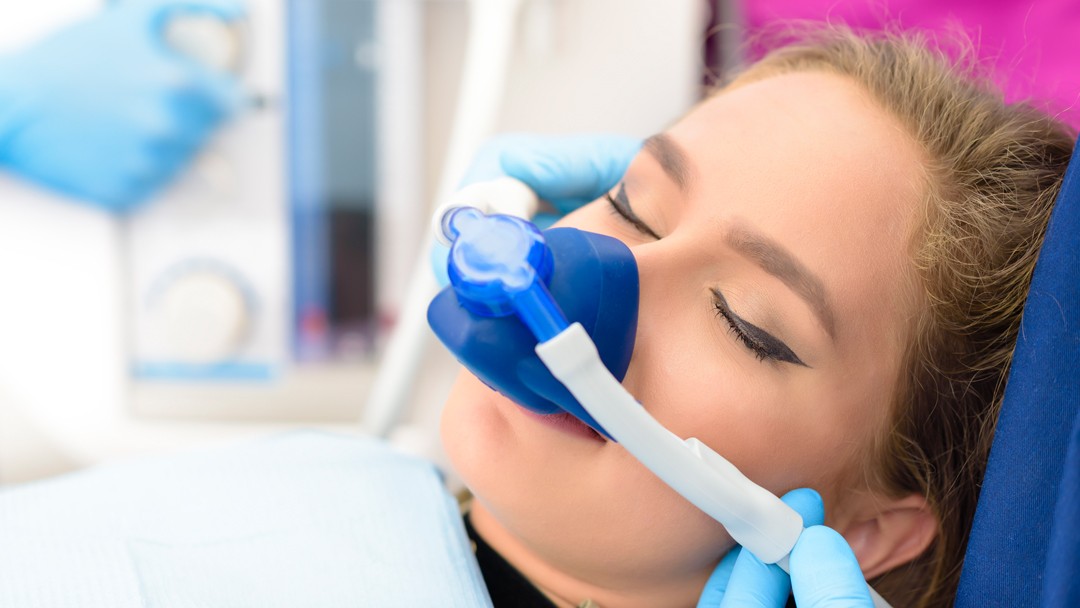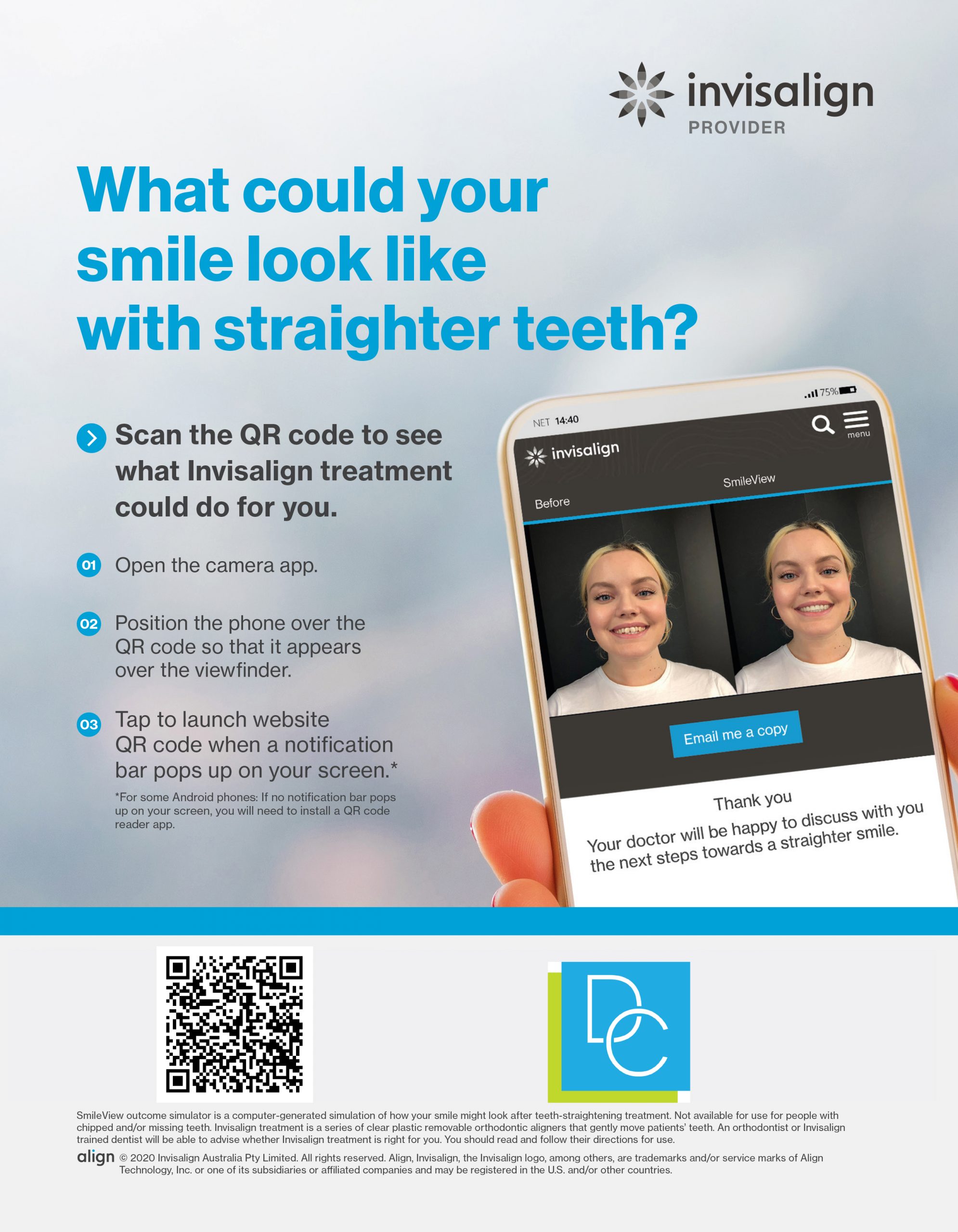- December 2023
- April 2022
- March 2022
- February 2022
- January 2022
- November 2021
- October 2021
- September 2021
- August 2021
- July 2021
- January 2021
- December 2020
- November 2020
- October 2020
- September 2020
- August 2020
- July 2020
- June 2020
- May 2020
- April 2020
- March 2020
- February 2020
- January 2020
- December 2019
- August 2019
- July 2019
- June 2019
- May 2019
- April 2019
- March 2019
- February 2019
- January 2019
- December 2018
- November 2018
- October 2018
- September 2018
- August 2018
- July 2018
- May 2018
- April 2018
- March 2018
- February 2018
- January 2018
- November 2017
- October 2017
- September 2017
- August 2017
- July 2017
- June 2017
- April 2017
- March 2017
- January 2017
- October 2016
- October 2015
- September 2015
- August 2015
Sleep Dentistry – How Does it Work?
6 August,2015If you’ve ever had a traumatic experience at the dentist’s office either as a child or an adult, you’ve most likely developed a phobia towards dental treatments. However, with new advances in medicine, sleep dentistry is now being offered to patients worldwide and you can avail of it right here in South Melbourne at Dental on Clarendon.
Sleep dentistry, sometimes known as pain-free dentistry or twilight dentistry, allows you to undergo treatment under sedation so that you remain calm and relaxed until the procedure is over. If the very thought of sitting in a dentist’s chair makes you feel very uneasy or paranoid, this form of dentistry may be the perfect option for you. Some people take pain killers to deal with excruciating toothaches instead of stepping into the dentist’s clinic. If this describes you, you don’t have to be afraid any more. From pain-killing drugs to sedative medicines, there are many options to choose from. You only have to work with your doctor to establish an appropriate treatment plan for your dental problem.
Problems Addressed through Sleep Dentistry
While it is less common, some patients experience discomfort during traditional dental procedures.
Some patients recall not feeling numb enough at the time of the procedure while others complain of discomfort from having to hold the mouth open for an extended period of time. Moreover, when the dentist or dental assistant inserts tools far back in the mouth, it triggers a gag reflex which contributes to the anxiety experienced by some patients.
Time is another constraint when visiting the dentist. Some procedures are more time consuming and complex in nature but they can be performed easily if the patient opts for sleep dentistry. Other issues that frighten patients include the loud sound of drilling tools, the administration of injections, and the vibrations felt during the procedure. Twilight dentistry is the solution to all these common concerns expressed by patients and it really works.
How is Sleep Dentistry Performed?
Sleep dentistry involves the administration of both sedatives and pain killer medicines so that patients sleep through the procedure. One important thing to note though is that the amount of sedation given to a patient can range from mild (in the form of oral medication) to very high (general anaesthesia). If you choose to use general anaesthesia you won’t be conscious throughout the procedure and you will come back to a conscious state only after the anaesthesia wears off. This form of sleep dentistry is recommended for more complicated procedures like jaw bone surgery or dental implantation.
Moderated IV sedation is another form of sleep dentistry that allows the dentist to control the amount of sedation you’re receiving. With this method, the sedative drugs are administered intravenously.
Precautions
Not all dentists are qualified enough to administer IV sedatives to patients. If the drugs are wrongly administered they could lead to obstruction of the airways and overdose. Find out if your dental provider has a trained anaesthetist to administer the sedatives to you. If not ask for a registered nurse with a background in intensive care to be present when the procedure is being carried out.
Dental on Clarendon is accredited with the Australian Dental Association. We will perform a thorough medical, airway and venous evaluation before we suggest sleep dentistry as an option for you. Enquire online about sleep dentistry or call 03 9690 3285.


